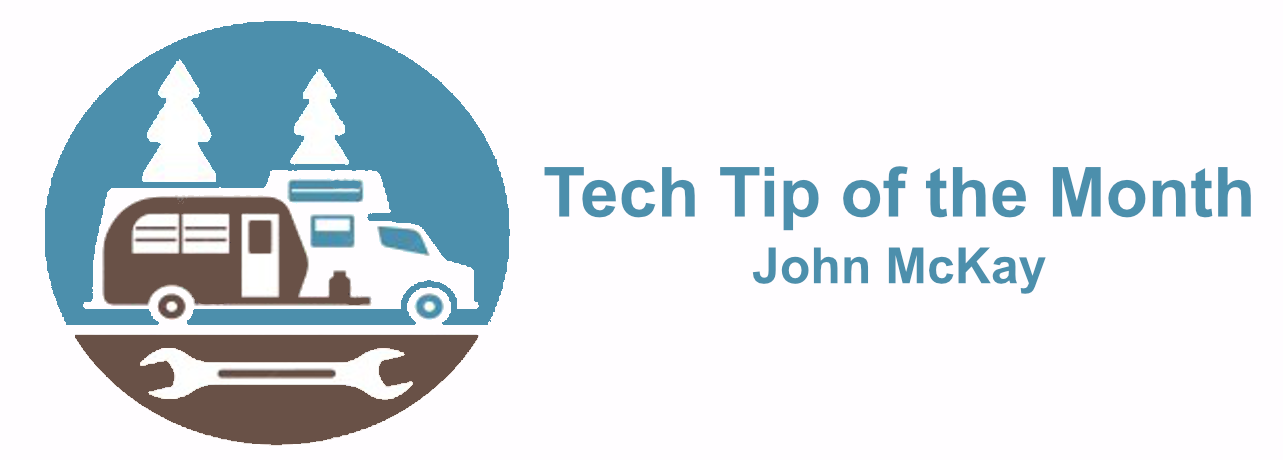
| | R.V. Wheelers of Laguna Woods, CA | |
 Home Home  For Sale For Sale  Contact Us Contact Us  etc... etc...  Favorite Links Favorite Links  Members Only Members Only  Newsletters Newsletters  Programs
Programs
 Slide Shows Slide Shows  Tech Tips Tech Tips  Sign In Sign In  |

Smokeless campfire? Is it even possible?
Did you pack on a few extra pounds during the summer months?
What is the 10/5 rule on propane cylinders?
Storing your camper during the warmer weather!
What happened to petroleum #2 diesel?
Do you really need one of those little battery powered fans inside your RV refrigerator?
How does a typical RV (absorption) refrigerator work?
While you are checking your tire air pressure, investigate the manufacturing date.
Check your tire pressure each and every time you go out!
Smokeless campfire? Is it even possible?
A smoky fire can have a number of culprits, including poor air flow, a low fire temperature, or wood that is not properly seasoned. Get your fire hot and use dry wood. Smoke is mostly moisture that is unburned. The hotter the fire, the less smoke. Using a well seasoned oak, maple or even cedar wood are a huge plus. Grocery store wood bundles are never a good option. They are rarely dry enough for optimal burning, and the bark is a huge culprit in creating smoke. Avoid construction lumber like pine, and firs. While this type of wood is usually dry, coniferous woods are naturally smoky softwoods.
Proper fire setup is just as important as the right choice of wood. Remember that airflow is your friend. Raise your embers off the ground and onto a pile of rocks or metal grate. This allows the oxygen to flow under the fire, leading to better combustion. A “Lincoln log” arrangement or “tepee lay” using a larger rock in the middle of your fire in which to lean the burning firewood against also encourages oxygen flow. Which ever method you choose, placing a large flat rock upwind of a campfire works as a backstop for the smoke, allowing it to flow in over the fire which guides it upwards.
When all else fails, listen to the campfire guru Snoop Dogg and just get a Solo Stove. Go smokeless!
 | ||
Smokeless campfire? Is it even possible?
A smoky fire can have a number of culprits, including poor air flow, a low fire temperature, or wood that is not properly seasoned. Get your fire hot and use dry wood. Smoke is mostly moisture that is unburned. The hotter the fire, the less smoke. Using a well seasoned oak, maple or even cedar wood are a huge plus. Grocery store wood bundles are never a good option. They are rarely dry enough for optimal burning, and the bark is a huge culprit in creating smoke. Avoid construction lumber like pine, and firs. While this type of wood is usually dry, coniferous woods are naturally smoky softwoods.
Proper fire setup is just as important as the right choice of wood. Remember that airflow is your friend. Raise your embers off the ground and onto a pile of rocks or metal grate. This allows the oxygen to flow under the fire, leading to better combustion. A “Lincoln log” arrangement or “tepee lay” using a larger rock in the middle of your fire in which to lean the burning firewood against also encourages oxygen flow. Which ever method you choose, placing a large flat rock upwind of a campfire works as a backstop for the smoke, allowing it to flow in over the fire which guides it upwards.
When all else fails, listen to the campfire guru Snoop Dogg and just get a Solo Stove. Go smokeless!